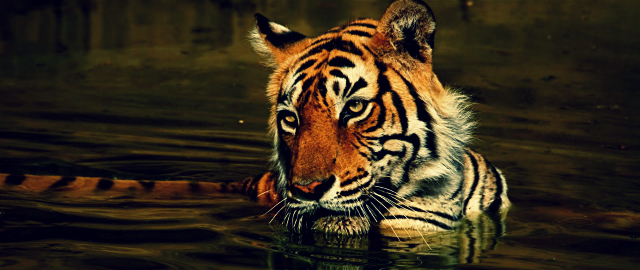
Enjoy a wildlife excursion at Ranthambore National Park
Famous for being the royal hunting ground of the former Maharajas of Jaipur, Ranthambore National Park is now an important wildlife sanctuary.
One of the best places in the state to see animals up close in their natural habitat; it’s not surprising that both wildlife lovers and keen photographers descend on the park to appreciate the natural order within its confines.
Located in Sawai Madhopur in south eastern Rajasthan (130km from Jaipur), it is one of the biggest national parks in North India covering almost 400 sq km. That again increases to 500 sq km when the Sawai Man Singh sanctuary is added to its total area.
Declared a wildlife sanctuary in 1957, Ranthambore National Park received protection under the Project Tiger’s initiative in 1974 to help protect the endangered tiger population that call the park their home. In 1981, the park gained National Park status.
The topography of the park is impressive with its varied landscape. The expansive jungle intersperses with large lakes scattered around which provide reprieve and nourishment for the many wildlife inhabitants during the intensely hot summer months.
The tiger population is of course the draw card for many visitors and they are not shy of humans. Seeing them during the day is quite common and some people are lucky enough to be privy to the spectacle of a tiger hunting and taking down its prey in full sight.
In 2008, there were 34 recorded adult tigers living in the park. Although this is up from 26 in 2005, it is still significantly lower than what the population was in 1982 when there were 44. This loss is a result of poaching although officials have been putting processes in place to help prevent this from happening and creating opportunities for more breeding to occur.
In addition to tigers, other animals include leopard, wild boar, hyena, sloth bear and nilgai. There are more than 270 species of birds, 300 types of tree, 50 aquatic plants and inside the park is one of the biggest banyan trees in the whole of India.
The park was given its name for it the historic Ranthambore fort which resides in the park. Built in the 10th century, it rises up to 700 feet and has red stone temples inside that are devoted to Ganesh, Shiva and Ramlalaji.
Due to the high number of tourists, there is a large amount of infrastructure in place in the surrounding region with a range of premium accommodation options and comfortable guesthouses to choose from. There are also fantastic transportation links to facilitate ease of getting around.
Travel tip
Ranthambore National Park is open every year from October to May/June.
The best time for tiger spotting is in November and May when the dry deciduous brush makes them easier to find.
How to get there
The nearest airports are located in Jaipur and Kota. The region is also well serviced by rail with the nearest town, Sawai Madhopur, situated on the Delhi to Bombay line. Trains departing from Delhi (362km) Jaipur (132km) and Agra (227km) can also be taken.


No comments yet.